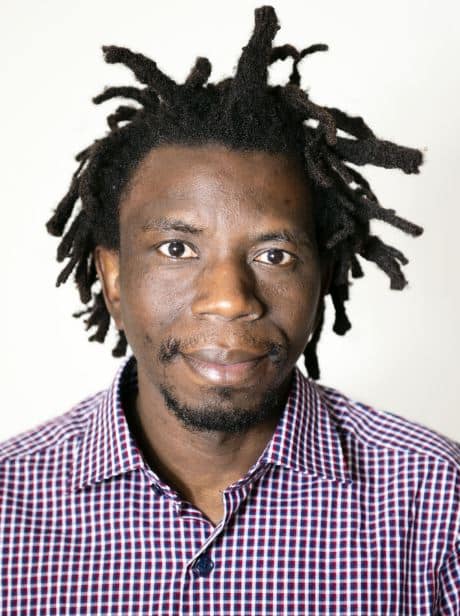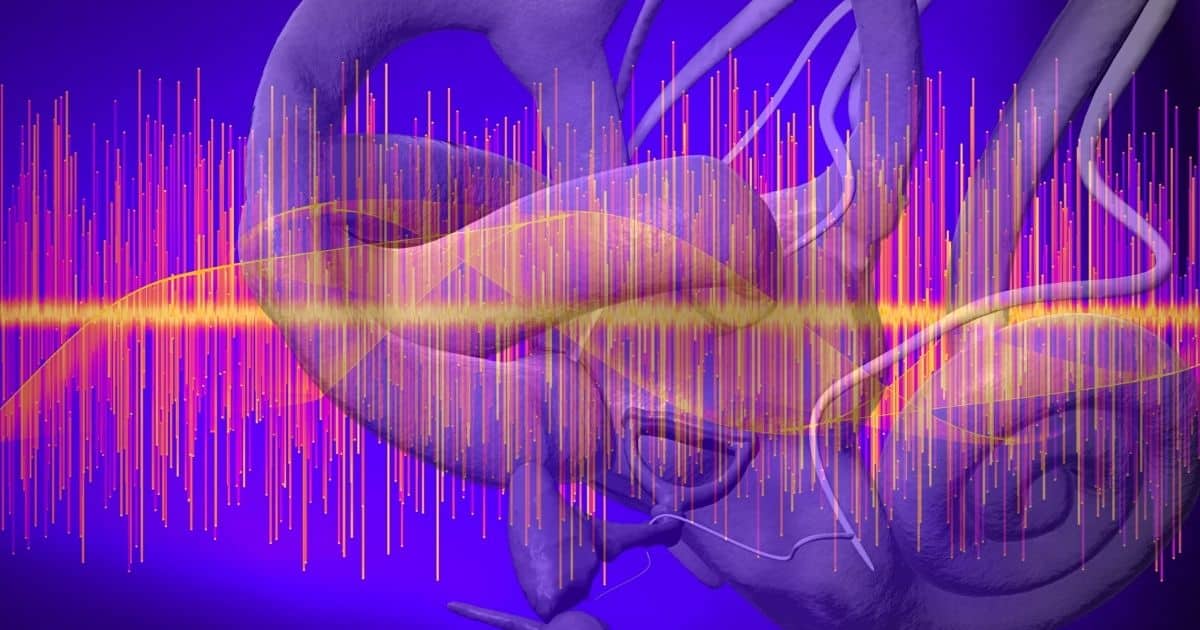Linköping, Sweden — A new research study has shed light on the mysterious function of a cochlear signal that has puzzled scientists for nearly 70 years. The findings, which offer valuable insights into the effects of harmful noise on hearing loss, may ultimately aid in the diagnosis of noise-induced hearing injuries.
Exposure to loud sounds, such as those experienced at concerts or in noisy environments, can temporarily impair hearing. Prolonged exposure to loud sounds can even lead to permanent hearing damage. Alarming research suggests that over one billion young individuals are at risk of hearing damage due to listening to loud music through headphones or attending noisy venues. Despite the prevalence of noise-induced hearing loss, the underlying mechanisms have remained largely unclear. Determined to uncover how such damage occurs and explore potential preventive measures, Pierre Hakizimana from Linköping University and his team embarked on a mission to unravel the mysteries surrounding cochlear signals.

Pierre Hakizimana, principal research engineer at Linköping University. Image credit Sanna Hedin
Most people have experienced a temporary loss of hearing and a numbing sensation in their ears after being exposed to loud sounds. The inner ear, known as the cochlea, houses approximately 15,000 hair cells that convert sound vibrations into electric nerve signals. These signals are then transmitted to the brain, where they are interpreted, enabling us to perceive sound. The hair cell signal is comprised of two parts: the well-studied AC signal, which conveys information on sound loudness and frequency, and the elusive DC signal. Despite being discovered seven decades ago, the function of the DC signal has eluded researchers.
The DC signal becomes apparent when measuring the electrical signals emitted by cochlear hair cells, causing a slight shift in the AC signal in either a positive or negative direction. Multiple studies have attempted to characterize the DC signal, but they have yielded conflicting conclusions regarding its polarity. In a groundbreaking new study, Pierre Hakizimana demonstrates that the DC signal changes from positive to negative when the cochlea is exposed to harmful noise.
Consequently, this signal may serve as an indicator of the ear’s health status.
Cochlear Signal After Noise Exposure
Pierre Hakizimana, the principal research engineer in the Department of Biomedical and Clinical Sciences at Linköping University, suggests that this signal could potentially inform the brain about the ear’s well-being and aid in the brain’s ability to decode faint sounds.
“It seems like this signal could be a way for the body to inform the brain whether the ear is healthy or not, and in that way facilitate the brain’s ability to decode faint sounds. The brain can amplify a weak signal from the cochlea. If informed that the ear isn’t functioning normally, the brain doesn’t have to spend resources trying to improve the signal to decode sound from an injured ear”
–Pierre Hakizimana, Principal Research Engineer
The discovery of this cochlear signal’s role holds promising implications for future research focused on diagnosing hearing loss caused by harmful noise. Previously, the interpretation and reliable measurement of this signal in humans had posed significant challenges.
Moreover, Pierre Hakizimana’s study reveals that the DC signal is generated by potassium ion channels releasing potassium ions through hair cell membranes, offering further insights into the intricate workings of the auditory system.
The research was supported by Stiftelsen Tysta Skolan, a Swedish organization dedicated to promoting a noise-free learning environment. These findings mark an important step forward in understanding the mechanisms behind noise-induced hearing loss and may pave the way for improved diagnostics and preventative measures in the future.
Reference:
- The summating potential polarity encodes the ear health condition, Pierre Hakizimana, (2023), Cellular and Molecular Life Sciences, published online 24 May 2023
Source: Linköping University






